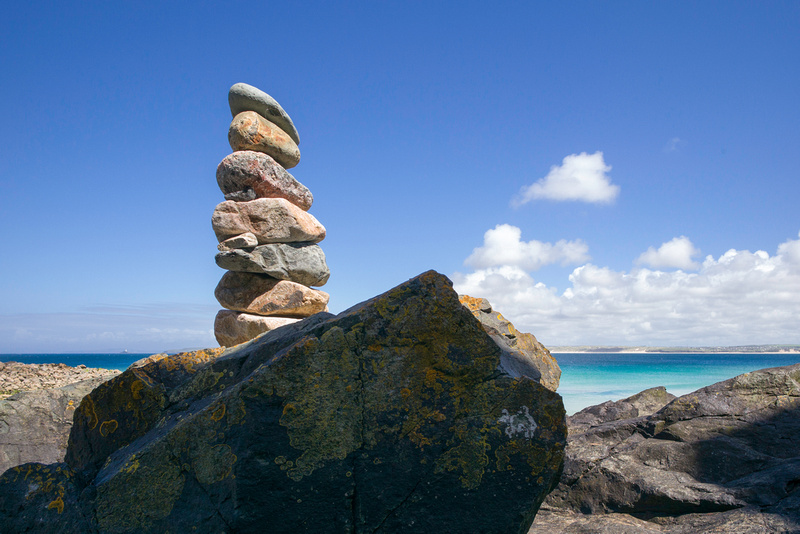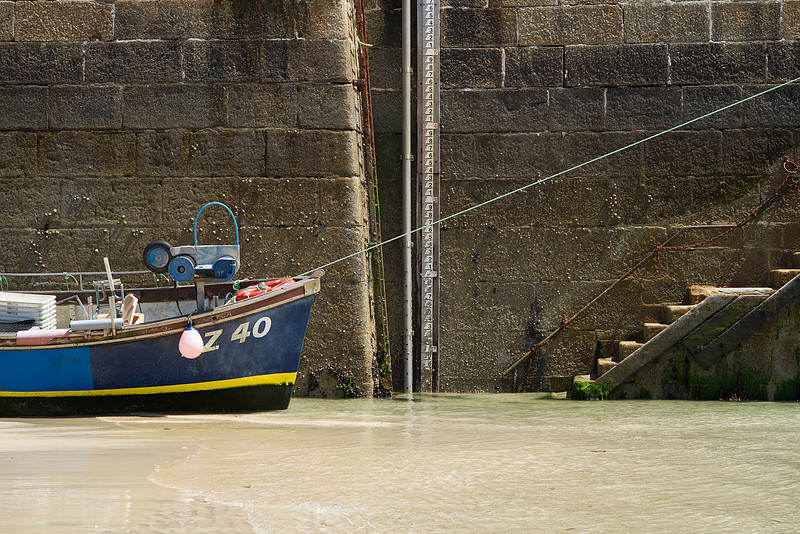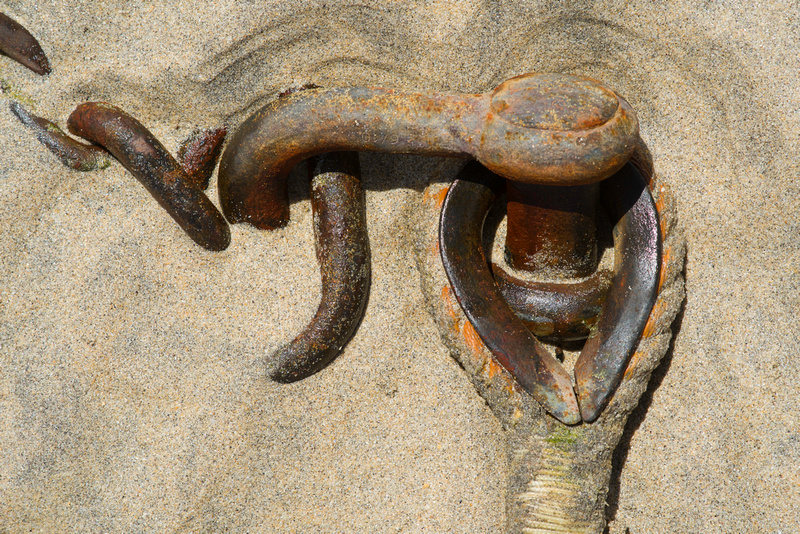Leica M240 - The Final Inspection: Does it Pass Muster?After many weeks and thousands of frames shooting with the M240 - and having thoroughly tested the performance of every M lens I own on the new camera - the time has come to make The Decision. Any system that costs this much has to be exceptional if it is to find an ongoing place in my bag: the fact is that were I to sell my entire M kit, it would raise a lot of cash. Honestly, I was fairly certain at the outset that the M240 would not be a 'keeper'. I didn't like the speckled and banded higher ISO sample files I'd seen and my first few days' shooting indicated that it was full of ergonomic errors, annoying oversights and necessary but unattractive compromises. Another flawed beauty, I thought. Fun for a few dates but after that...
Question: if I thought the camera likely wouldn't please me, why did I buy it? Answer: because I own a lot of Leica glass and because, having put my Phase One IQ180 up for sale and making the switch to the Nikon D800E, I was frustrated by the extreme difficulty involved in finding wide lenses for that camera that could resolve, across the frame, the resolution the sensor promised. So I hoped that somehow the new Leica would pull a rabbit out of the hat. There were, after all, several perceived and potential benefits to the the system that might make it work well for me:
18mm Super-Elmar Let me now list, briefly, the notes from my M240 original review that fell on the negative side, along with some irritations and problems that have emerged since then:
In addition to the above impressive list of 'issues' I have ascertained that the legendary M lenses are not, technically at least, a 'magic bullet' compared to the glass available for the Nikon system. In-depth tests of each of my lenses on the M240 revealed the following headline points: The 35mm F1.4 Lux FLE has an odd, unpredictable and inconsistent shape to its curved and wavy field of focus such that F5.6 or even F8 can be required to get a planar subject sharp to the edges, even when very skilfully focussed. Bokeh is nervy, OOF areas a little hectic. Technically, I would rather use the Sony RX-1/Zeiss combination or the D800 with a good copy of the Sigma 35mm F1.4 Art lens. Creatively, however, the 35 Lux has a beautiful look and lovely clarity. Overall, a great lens but not reason enough in itself to stick with the M system. The 50 Lux has soul, beauty, biting but delicate separation of planes of focus, and gorgeous bokeh. But the new sensor has started to make the technical abilities of the lens creak a little: it has some mid-field weakness and, even when focussed very skilfully, this requires an aperture of F8 to eradicate and by this time, there is a touch of diffraction kicking in. Still a beauty, but the blush is fading from the rose.
18mm Super-Elmar The 18mm F3.8 Super-Elmar has strong and complex distortion and requires F11 to tighten up the corners, by which time diffraction has taken its toll on the rest of the frame. Fairly strong astigmatism means that the Leica Look is not at its strongest in this lens. Everything else is good: bokeh, correction of colour shading and fringing, predictability of focus. Overall, useful but not wonderful. The CV 15mm is useless on the M240. Whichever lens coding I try, every shot is ruined by extreme colour shading. For B&W use only. The 28mm F2 'cron is boring on the M240 and the optical design is starting to show its age: F8 is required for sharpness across the frame but diffraction is kicking in at this aperture. Even at F5.6, astigmatism in the design means that images lack Leica Look micro contrast and sparkle. Colour shading is not fully controlled. The lens is, however, predictable in terms of field shape and is well behaved in use. On the subject of the 50mm F1 Noctilux, I quote myself: "This lens is indeed the stuff that dreams are made of. But nightmares too, if you want it to be a consistent and reliable friend. Learn it inside out and it will reward you more than any other optic I know. Use it as a point and shoot, and you will shoot yourself in the foot." You'd have to read the whole article to see why this is the case but in short, a very wavy field of focus combines with focus shift to create a brew that is creatively fascinating but technically hard to master. But no other lens has this astonishing look. The 90mm F4 Macro-Elmar is a joy. Oddly, corrections for colour shading aren't very effective but otherwise, the quality of this lens is just lovely and its tiny size a boon for travel use. So overall, my testing of this selection of lenses on the M240 has given the lie to the idea that I might want to keep a hand in the M game purely because of the lenses. Some are starting to show their age on the new, high resolution sensor and some are simply 'tricky'. Many require F8 to give a good planar result - and my frustration with the Nikon system was that I kept on needing F8 to get good planar results. So the Leica system offers no real benefits there. In fact, the Sony RX-1 is still the best game in town for frame-wide sharpness at wide apertures on a wide lens. In addition to the startling revelation that Leica is not immune to the laws of optics, I have learned one further thing from all this testing and this one thing is utterly key to getting the best from the M240. And that key is: you should nearly always focus using the rangefinder, rather than Live View, with nearly every lens*. That's right. Bold, italic and highlights. This startling fact is completely unexpected, utterly unintuitive, impossible to explain simply and absolutely vital.
To get the full picture you will need to read my piece on 'how to focus a tricky lens' and all of the individual lens reviews linked to above. But here goes an attempt at a brief explanation: Nearly all wide and standard focal length lenses have a degree of 'field curvature' which means that the plane of good focus is not, as you would hope, a thin or thick (depending on aperture) zone, exactly parallel to the sensor and with its near boundary parallel to its far boundary. Instead, depending on the particular lens, aperture and subject distance, it is generally curved, of varying thickness, and may be wavy in shape too. Even when wide open but much more so when stopped down, there is more than one distance from the camera at which you can satisfactorily 'place' focus if you want the central subject to be sharp. But it is possible to place it such that the edges (and/or other parts of the frame) are not in good focus because they may not fall within the 'shape' of the field of good focus. Thus, when focussing with Live View, it is possible to 'see' good focus in magnified view, and to activate the 'shimmer', at a range of focus distances. Wide open and close up, that range can be as little as half a centimetre deep. Stopped down and at distance, it might might extend to several metres. Some of those focus distances might get all of the subject plane in focus and some quite certainly will not. But there will always be one exact focus distance that is optimal and, with a well calibrated rangefinder and very accurately machined lens focus cams, the system will find that distance. But with Live View, you have little chance of finding that distance unless you always focus wide open and then stop down to shoot - because Live View will encourage you to place the central subject in the middle of the field of focus, rather than in the 'best' place overall when the rest of the frame is considered. The only exception to this general rule is that lenses which suffer from notable focus shift as they are stopped down will give better focus on the central subject when focussed using Live View if shot when stopped down. Also, certain types of subject pattern (anything with regular repeats) is easier to focus using Live View.
Luckily, the rangefinder in the M240 is way, way better than on any previous digital M I have used. Mine is so perfectly calibrated that it focusses all my lenses absolutely optimally all the time at every distance. And after several months of ownership and thousands of frames shot, after several journeys packed and jostled in a bag, after the temperature and humidity changes brought about by the shifting seasons, it has not budged a micrometre. To me, this is almost miraculous. I, in my early fifties and with well-corrected but typically compromised eyesight, can rangefinder focus lenses from 18mm to 90mm (and as fast as F1) with extreme and repeatable precision. Much, much more accurately than Live View on any system I have ever used, much more accurately than Phase Detect AF on any system I have ever used and much more accurately than a Rodenstock Medium Format lens with a High Precision Focus Ring and a Leica Disto laser finder with tested accuracy of +/- 1mm. And this is worth an awful lot, because the best lens on the best sensor is nothing without great focus. What this means is that there is something different about either the design, assembly or tolerances of the RF in the M240 as compared to previous models. I don't care if anyone believes me - and I don't care if Leica has said nothing to this effect (why would they admit that earlier versions were less than wonderful?) - it is absolutely the case. This rangefinder rocks. I use it to focus, and then I compose in the EVF if I need greater accuracy or am using lenses wider than 35mm. And it seems that quietly, this is what a lot of experienced photographers are doing, too. So I find myself in an unexpected position: I bought the camera because I had the glass, and because the introduction of Live View and and EVF would finally mean I could use it properly as compared to the duff and drifting rangefinders that had so frustrated me before. And now I find that the glass, though nearly all very good, is not the reason to keep the camera. Neither is Live View and neither is the EVF. The reason to keep and cherish the M240 is the rangefinder. And that is not what I expected at all. I shot for two days recently with M240 and 18mm, 35mm and 90mm lenses. Over the course of over 150 frames, all shot with the rangefinder, not a single one was out of focus. I will leave it at that.
The M240 has another trick up its sleeve too: phenomenal IQ at low ISO. Get a shot correctly exposed and well focussed on one of the better lenses and I think, at a pixel level, it gives better results than anything I know. Really. When Mark Dubovoy recently wrote over at Lula that on screen and in print, he preferred the M240 files to the D800 files, there was a sh!t-storm of disagreement. But he was right. And I have slowly realised that even the Sony RX-1, a camera that I thought had the finest pixel level detail I have ever seen, is not always the winner - especially when compared to the best parts of a frame shot on the M240 with its best glass. The M240 files are rich, smooth, very very free of noise despite the base ISO of 200, and have wonderful clarity and depth. Sure there is some banding and speckling at higher ISO but in real world use it is very rarely a problem. So I will go out on a limb here and say that the sensor is the best I have used. Maybe not overall (it could do with better ISO performance and a stop more DR) but for a well lit, well exposed scene it can't be beaten, unless you want to print larger than about 30". The Final Word The M240 was going to be all about the glass and Live View. The the sensor would be 'good enough' and the rangefinder would be halfway to obsolete. But with the exception of my prediction that the ergonomics would be the usual Leica mix of amazing and daft (they are) I was wrong, wrong, wrong. I have never been this wrong about a camera. The M240 is all about the extreme accuracy of the rangefinder and the gorgeous performance of the sensor. Together, they make an unbeatable combination. And given that this combination is very small and light too, I now use it more than anything. I can live with all its quirks and rough edges: most of them are 'dealable with' in firmware and none of them is a deal-breaker. The D800 is relegated to jobs for which it has very specific skills (speed of focus, higher ISO work, long or zoom lens work) and the IQ180 is back from my dealer unsold, now married to an Alpa STC and Rodenstock 40HR and used for whenever I need huge output size and have the time to work for it. The RX1 also has its niche purposes and I continue to carry it from time to time. I am very lucky to have all of these cameras; but I know which one will be getting the most use in the foreseeable future.... except, it has to go back now, to have its strap lugs replaced. Well, this is Leica. * based on the reasonably broad range of lenses I have tried but assuming that I am talking about only Leica M lenses, since other brands may not specify their focus cam shapes in the same way as Leica seems to.
Keywords:
Leica,
M240,
Tim Ashley,
decide,
decision,
field review,
keep,
photography,
review,
tashley
Comments
Jeremy(non-registered)
Thanks Tim. Having just stepped up to the 240 from the M9, my initial reaction on seeing the files was "wow" but I put the leap in apparent sharpness down to the vastly improved LCD, ie no actual improvement in the file, just apparent improvement when viewing on camera. Certainly the rangefinder feels easier to use on the 240. I'm still in the honeymoon period with this camera but so far I'm thrilled with it. Only downside is that I traded in my lovely beaten up M9 for this pristine new thing so I'm inhibited about scratching it (even though I'll enjoy it more once it is "worn in"). Comes with the territory of spending stupid money I suppose!
Simon(non-registered)
Good honest review of the M240. I have been contemplating the D800 recently but maybe its time to go and take the 240 for a test drive.
Hexx(non-registered)
Thank you Tim for your response. You're right, I might just wait for more reports and by the looks of it I would need to wait anyway since there is quite long waiting list for M240 :)
Shame that Sony opted for standard PASM with command dials instead of traditional combination of shutter speed dial and aperture ring on the lens. Somehow I hoped (after RX1) that the A7 and A7r would follow steps set by RX1 and the FE lenses would feature aperture rings. It just feels more natural to me to control camera 'the old way'. I'll wait, need to sell other items anyway and that will take some time.
No comments posted.
Loading...
|






